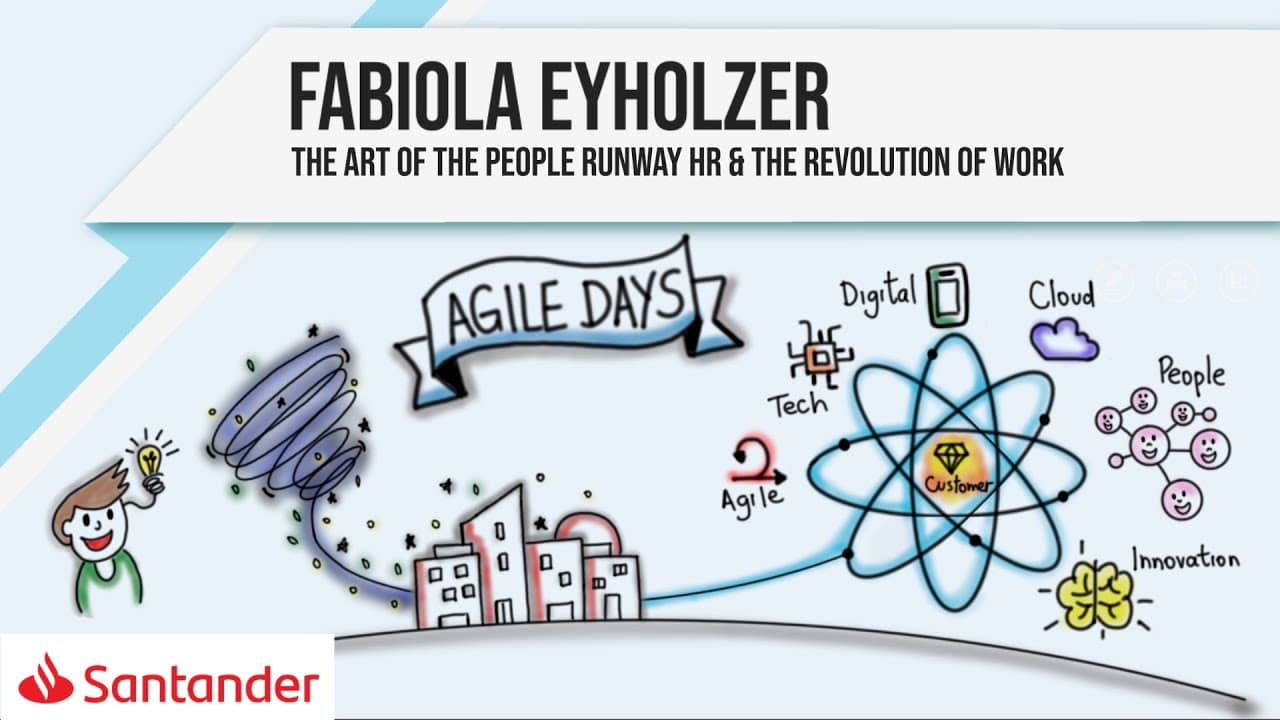Thank you for having me, and welcome to The Art of the People Runway. Today, we’ll talk about the importance and business case for putting people first. Ignoring HR and people topics will slow down your transformation by at least one to two years and impede continuous delivery.
The Impact of People Topics
As leaders and HR professionals, we hear many concerns about people topics. These often include slow hiring processes, lack of suitable career frameworks, and frustration with outdated performance management practices. The impact of these unresolved HR and leadership issues is significant—they become impediments to an organization's success, whether in Agile transformation or otherwise.
The Good, the Bad, and the Ugly
The Good
Everyone is talking about the importance of people to an organization's success. However, in many cases, it remains just lip service. People topics are acknowledged as important, but they are rarely seen as urgent or prioritized effectively. The result? A crisis in people management.
The Bad
Many organizations suffer from People Debt. You may be familiar with the concept of technical debt—the cost of choosing an easy solution now that requires rework later. People debt operates on the same principle. It refers to the costs and risks that accumulate by neglecting the human aspects of delivering value and failing to make necessary investments in people.
The Ugly
Both people debt and technical debt will always exist to some extent. However, if left unchecked, they will accumulate rapidly and eventually bring the business to a breaking point. The first signs of neglecting people debt are often low morale and disengagement. This leads to decreased customer satisfaction, diminished innovation capacity, and a lack of resilience and adaptability—ultimately undermining transformation efforts.
What Happens When We Neglect People Debt?
If your organization is experiencing any of the following issues, your people debt levels may already be dangerously high:
- Low employee morale and engagement
- Decreased value delivery and customer satisfaction
- Reduced innovation and adaptability
- High employee turnover and burnout
- Inability to sustain Agile transformation efforts
Unlike technical debt, people debt does not come with a warning label. Practices like micromanagement and rigid career paths are easy to spot, but other issues are often disguised as well-established concepts and principles.
Signs of High People Debt
Here are some examples of how organizations accumulate people debt:
- Performance Management: Many organizations still define performance as hard work, good planning, and task completion. However, true high-performing teams take calculated risks, experiment, learn, and course-correct.
- Efficiency Over Innovation: While efficiency can improve processes, an excessive focus on it can stifle creativity, experimentation, and learning.
- Meritocracy as a Myth: Research from MIT and other institutions has shown that meritocracy often fails in practice. Pay-for-performance models frequently reinforce existing biases rather than ensuring fair and equal opportunities.
Addressing the People Debt Crisis
To resolve people debt, we need three things:
- Unwavering People Focus: HR and people-related topics must be a top priority in corporate agendas and backlogs.
- Mindset Shifts: Leaders must rethink long-established beliefs to align people practices with new realities.
- Systemic Change: Organizations must proactively manage people debt rather than reacting to crises.
Who Should Own People Debt?
Who is responsible for managing people debt? The obvious candidates are HR, business leaders, and Agile transformation teams. However, each group faces challenges:
- HR Business Partners: Ideally, they should spend 70–90% of their time on employee engagement, but in reality, much of their time is consumed by meetings, administrative work, and recruiting.
- Managers: They must balance business deliverables with people management, but people issues often take a backseat.
- Agile Transformation Teams: While they have influence, they are typically focused on process improvements rather than day-to-day people management.
The solution? We need dedicated roles that put people first.
The Role of People Developers
People Developers focus on enabling organizations to reach their full potential by prioritizing people. Their responsibilities include:
- Identifying and addressing workforce dynamics
- Enhancing talent pipelines and leveraging trends
- Ensuring effective recruitment and talent management
Building a Strong People Runway
Just as an Architectural Runway provides the necessary technical foundation for Agile initiatives, a People Runway ensures that an organization has the right skills, strengths, and experiences to support business growth.
Building a strong people runway involves:
- Dynamic talent enablement
- Continuous workforce development
- Strategic HR transformation
Strategic HR and Leadership Practices
Organizations must rethink their HR and leadership approaches to create a culture that supports Agile transformation. Here are some key initiatives:
1. Rethinking Job Ads
Are job ads inspiring or just copy-pasted descriptions? Crafting inclusive, engaging job postings can dramatically improve candidate quality and diversity.
2. Exploratory Assignments
Rather than promoting employees based on past achievements alone, organizations should offer trial assignments to test fit and potential before making permanent changes.
3. Talent Enablement
Companies often focus on high-potential individuals but neglect those with untapped leadership potential. Effective talent enablement ensures that every employee can grow and contribute meaningfully.
The Business Case for People Investment
Taking care of people is not just the right thing to do—it’s good for business. Organizations with aligned HR services see employee engagement scores 15–20% higher than those with traditional HR approaches. Higher engagement translates to:
- Higher customer satisfaction
- Stronger company growth
- Increased revenue
HR as the Key to Business Agility
HR is not just an administrative function—it’s the foundation of business agility. To sustain Agile transformation, organizations must:
- Integrate HR into Agile strategies
- Eliminate outdated people practices
- Invest in building a strong People Runway
HR is the secret to business agility. The question is: Are you brave and committed enough to take on the challenge?



